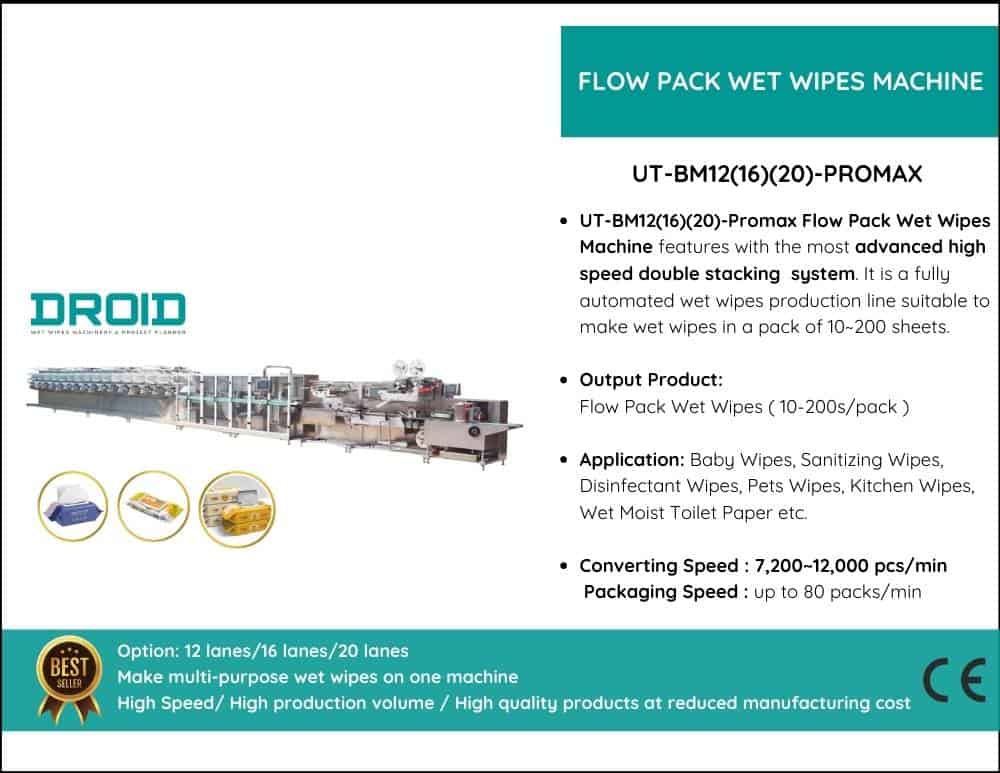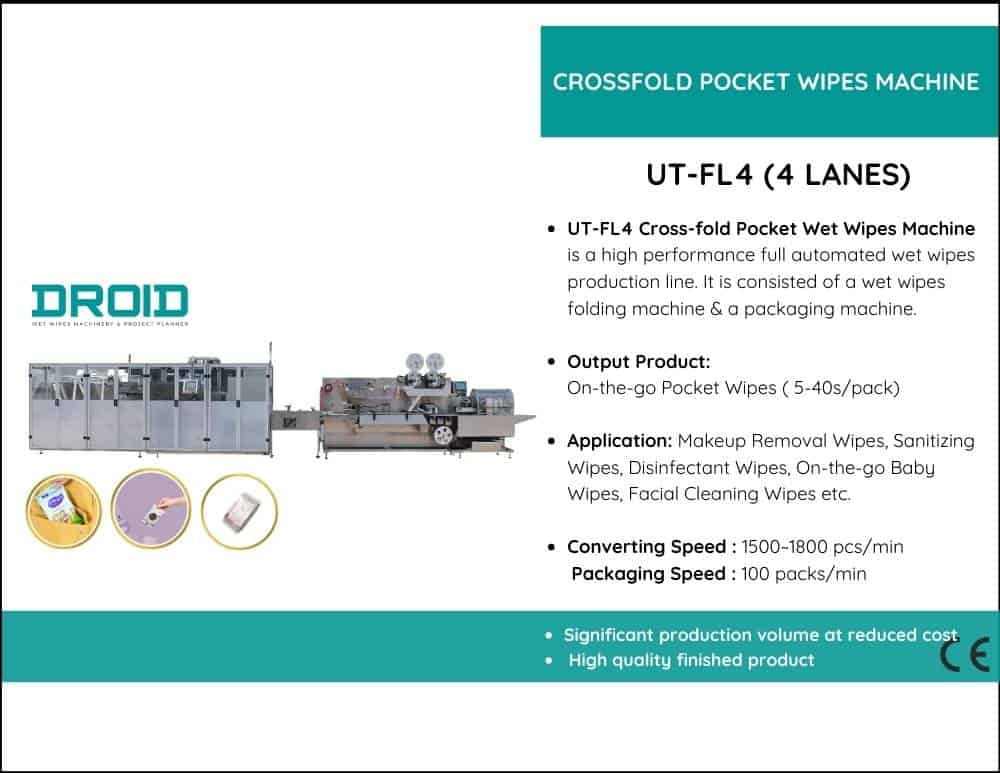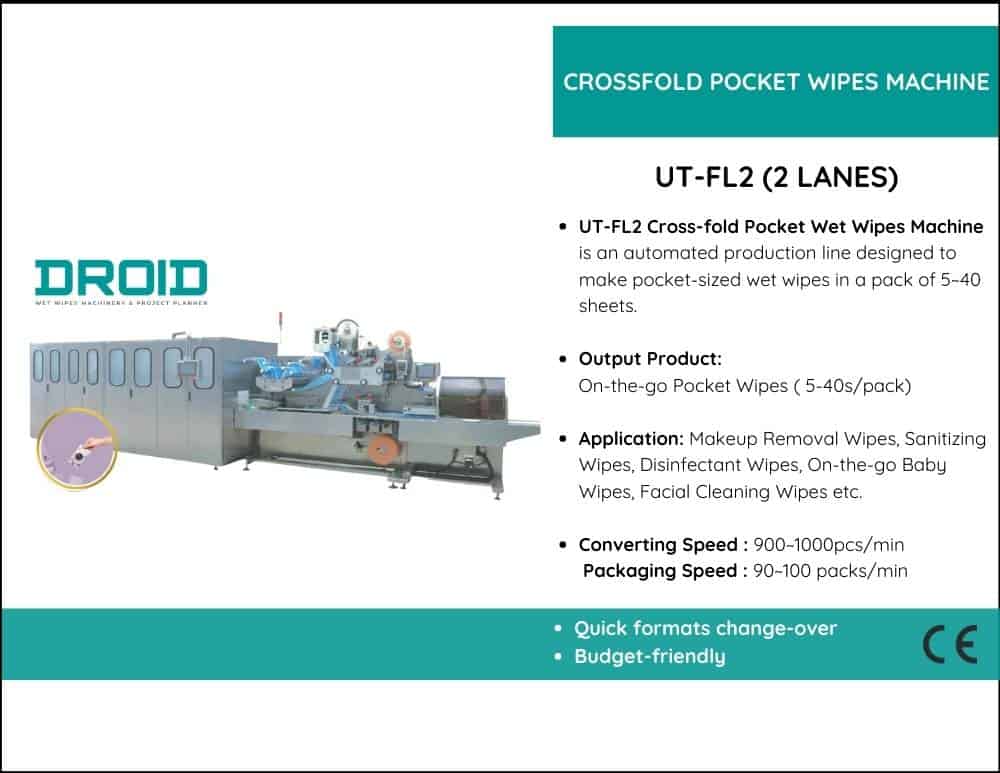Wet wipes are often advertised as a sanitary and straightforward alternative for personal care, infant care, and home cleaning. However, not all wet wipes are made equally. Many low-cost options include hazardous chemicals, low-quality materials, and skin-irritating preservatives that pose significant health risks. While the low cost of these wipes may be enticing, the hidden dangers they pose to consumers, particularly newborns, those with sensitive skin, and those with underlying health conditions, are often neglected.
Toxic Chemicals Lurk in Low-Cost Wet Wipes
Cheap wet wipes are typically made with a combination of preservatives, perfumes, and washing ingredients that can be hazardous if used repeatedly. Many wet wipes manufacturers employ these compounds to increase the shelf life of their wipes, keep them moist, and improve the aroma. However, prolonged exposure to these compounds may cause allergic reactions, skin irritation, and other serious health issues.
Some of the most worrying compounds discovered in low-cost wet wipes are:
- Parabens – These preservatives are designed to inhibit bacterial growth. However, they have been linked to hormone disruption and possibly reproductive health risks.
- Formaldehyde-releasing agents – Certain preservatives, including DMDM hydantoin and bronopol, produce trace quantities of formaldehyde, a recognized carcinogen and skin irritant.
- Phthalates – Commonly used in fragrance compositions, phthalates have been linked to endocrine disruption and developmental problems, especially in newborns and young children.
- Sodium Lauryl Sulfate (SLS) and Sodium Laureth Sulfate (SLES) – These surfactants, which are widely found in inexpensive washing wipes, may irritate the skin and destroy its natural protective barrier.
Many of these compounds do not need to be expressly disclosed on product labels, as they may be disguised under general phrases such as “fragrance” or “preservative blend.” This lack of openness makes it difficult for customers to determine the genuine safety of the products they use on their skin on a regular basis.
Skin Irritation and Allergic Reactions
Skin irritation is one of the most urgent health dangers associated with low-quality wet wipes. Many low-cost products contain synthetic fibers treated with harsh chemicals, which can be more irritating to the skin. When combined with powerful preservatives and artificial perfumes, these wipes may cause redness, itching, rashes, and even contact dermatitis.
Infants and toddlers, with their fragile and sensitive skin, are particularly susceptible to these impacts. Prolonged usage of chemical-laden wipes on newborns’ delicate skin may result in unpleasant diaper rashes and an increased susceptibility to infections. When adults with eczema, psoriasis, or sensitive skin diseases are exposed to these irritating substances, their symptoms may worsen.
To reduce the risk of skin irritation, customers should search for wet wipes labeled:
- Hypoallergenic – Designed to lessen the risk of allergic responses.
- Fragrance-free – Free of artificial smells that might cause discomfort.
- Dermatologist-tested – Skincare specialists have verified that this product is safe for sensitive skin.
The Risk of Bacterial and Mold Contamination
Because wet wipes contain moisture, they provide an excellent habitat for bacterial and mold development if not stored correctly. Low-cost wipes often use inexpensive preservatives, which may not be effective in preventing microbial contamination over time. When wipes are improperly stored or their packaging is compromised, dangerous germs and fungi can quickly grow.
Using contaminated wipes may cause infections, particularly when used to clean open wounds, intimate areas, or around the eyes. Some reports have connected poorly made wet wipes to outbreaks of skin and eye infections, as well as urinary tract infections in infants.
Customers should be wary of wet wipes that
- It has a peculiar odor, which might suggest bacterial development.
- Appear discolored or dried out, since this may indicate a failure in preservation.
- They are from companies that aren’t open about their quality control and testing procedures.
Respiratory Risks of Artificial Fragrances
Many low-cost wet wipes contain strong artificial scents, which may cause respiratory issues in sensitive individuals. These perfumes often contain volatile organic compounds (VOCs), which can irritate the airways and exacerbate illnesses such as asthma, allergic rhinitis, and headaches.
According to specific research, chronic exposure to synthetic perfumes might cause long-term respiratory issues, especially in young children and those with pre-existing lung disorders. Using fragrance-free wipes may significantly reduce this risk and offer a safer option for families with children, the elderly, or individuals with asthma.
Hormone Disruption and Long-Term Health Risks
One of the most concerning aspects of inexpensive wet wipes is their potential connection to hormone imbalances. Certain chemicals commonly found in inexpensive wipes, including parabens and phthalates, have been identified as endocrine disruptors. These drugs imitate or interfere with the body’s natural hormones, which may lead to reproductive health difficulties, developmental abnormalities, and an increased risk of some malignancies.
While research continues, several studies suggest that prenatal and early childhood exposure to endocrine-disrupting substances may have long-term effects on development, metabolism, and fertility. This is especially important for pregnant women and young children, who are more sensitive to hormonal changes.
To prevent these dangers, users should use wet wipes that are
- Certified organic – Made from natural, chemical-free components.
- Phthalate and paraben free – Clearly labeled to avoid dangerous preservatives and additives.
- Endocrine safety tested – Third-party organizations have verified that no hormone-disrupting substances are present.
Making Healthier Decisions: What Consumers Can Do
While inexpensive wet wipes may seem like a simple and cost-effective option, the potential health concerns significantly outweigh the short-term benefits. To protect themselves and their families, shoppers should:
- Read ingredient labels carefully and avoid wipes that have a broad list of synthetic substances.
- Choose natural and organic options – Look for wipes made with biodegradable, plant-based fibers and mild, non-toxic ingredients.
- Use safer and more sustainable cleaning options, such as reusable cloth wipes with water or mild homemade solutions.
- Support respectable brands: Buy from businesses that value transparency, ethical sourcing, and high-quality ingredients.
The affordability of low-cost wet wipes comes with a hidden cost: significant health concerns to skin, respiratory health, and long-term well-being. From poisonous preservatives and fake perfumes to bacterial contamination and hormonal disruption, the risks associated with inexpensive wipes are too significant to ignore. Consumers can safeguard their health by making more informed decisions, choosing safer alternatives, and pressuring the industry to raise its safety and quality standards.









